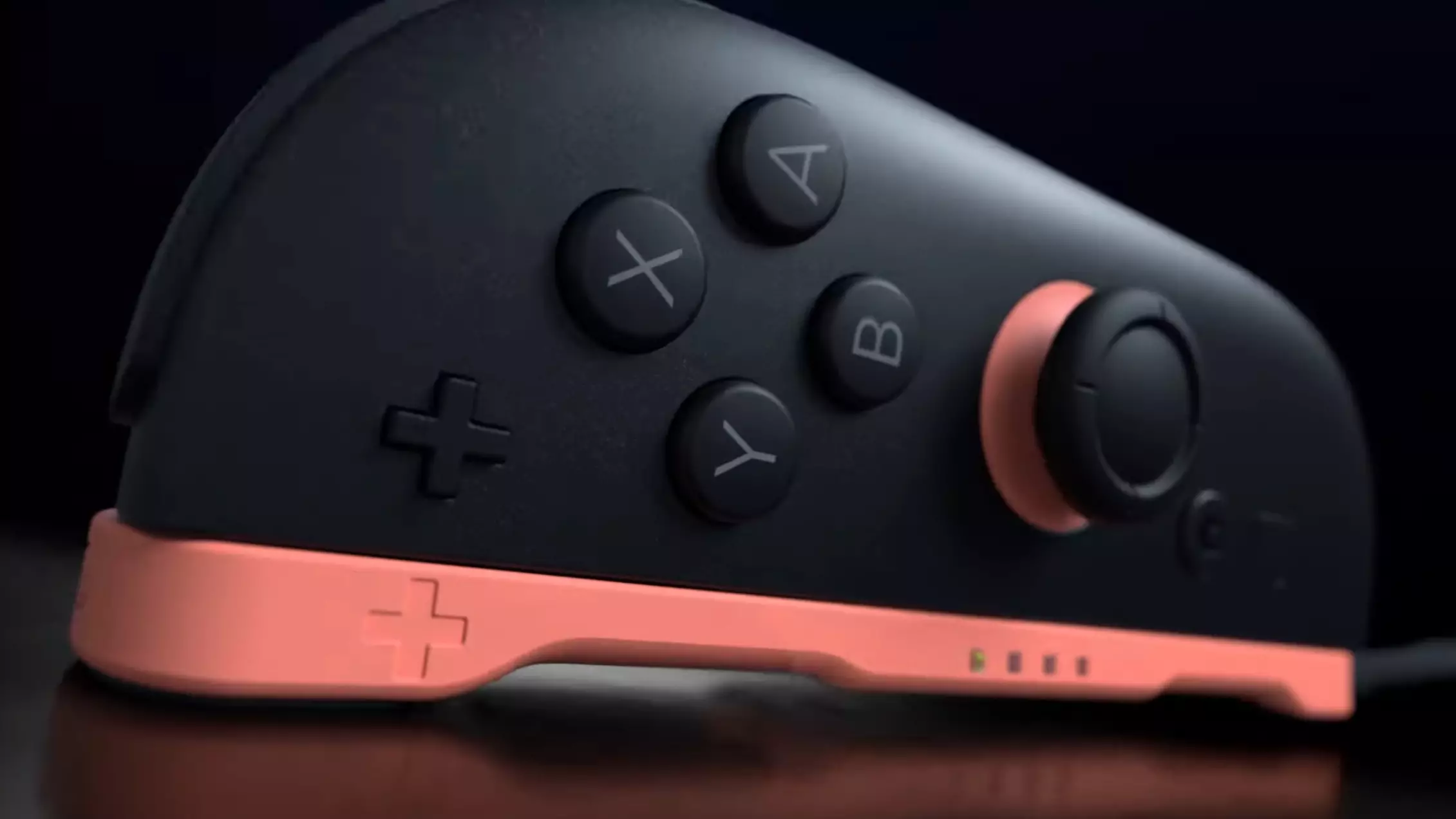The Nintendo Switch has always championed a minimalist user interface, embodying simplicity to cater to a broad audience. Its straightforward control scheme and easily navigable home menu have placed it at the forefront of casual gaming. With the introduction of the Nintendo Switch 2, the promise of enhanced features has amplified expectations. Recently, the unveiling of mouse controls for the device has generated significant conversation among gamers and tech enthusiasts alike. While the idea seeks to innovate interaction, the practical application raises questions regarding its efficacy and relevance.
The Attraction of Mouse Controls
Mouse controls, historically favored in strategy and tactical games, offer precision and fluidity that thumbsticks can struggle to replicate. The allure for Switch 2 players is clear: a mouse can enable quicker navigation, particularly in complex gaming environments where precision is paramount. For intricate strategy titles reminiscent of *Civilization*, or fast-paced shooters akin to *Metroid Prime 4: Beyond*, the potential for improved gameplay mechanics is tantalizing.
However, delving deeper into the implementation of mouse controls within the Switch 2 ecosystem warrants scrutiny. Notably, the brief demonstration released by Nintendo does little to demonstrate a cohesive or user-friendly experience. Instead, it presents an almost clunky interaction that seems counterproductive to the intuitive approach Nintendo has long been celebrated for.
Questionable Execution
One major point of contention in the initial demonstration is the mouse cursor’s performance. Viewers noted a peculiar smoothing effect and noticeable lag that undermined the assurance that such a feature could enhance overall gameplay. When legitimate gaming studios struggle to showcase revolutionary features effectively, skepticism naturally arises. The presentation felt remarkably subpar, resembling a rushed afterthought rather than a polished unveiling worthy of Nintendo’s innovative legacy.
Critics echo a common sentiment: that the mouse control feature lacks necessity within the realm of Nintendo’s existing user experience. The company has long benefitted from a simplified approach, with its icons and menu elements designed for quick accessibility using buttons alone. This begs the question of whether enforcing mouse controls in an environment already optimized for button functionalities might inadvertently complicate what was once straightforward.
The User Experience Revelation
While the ability to use a Joy-Con as a mouse introduces novelty, its practicality comes under the microscope when considering the ergonomic realities of gaming. Users relaxing in their living rooms, perhaps sprawled across their couches, are unlikely to have consistent access to a surface appropriate for mouse navigation. This harks back to the traditional PC gaming experience, which generally advocates for seated ergonomics that allow for sustained gameplay without discomfort.
Thus, the anticipated ease of accessing the home menu via mouse controls feels outdated rather than avant-garde. With just a handful of icons on the screen at any given time, the utility of this feature appears limited. Are gamers truly seeking to alter their lounging position and fumble with a mouse when mere button presses could seamlessly facilitate the same task? Regrettably, it would seem this feature could be more hindrance than help.
Technology Meets Tradition
Nintendo’s foray into this mouse control feature also raises broader questions about the trajectory of gaming innovation. Will the industry see a shift back toward mouse and keyboard duality, even within handheld consoles? Or is this a one-off feature that serves better as a marketing gimmick than an actual enhancement?
There’s a delicate balance between innovation and maintaining the pleasantly familiar aspects of gameplay. As gaming continues to evolve through progressive technologies, the essence of user interaction must remain both intuitive and enjoyable. While a mouse can offer enhanced precision, the key lies in striking a harmonious chord with the platform’s existing design philosophy. In short, the gaming experience should never be forced into a template that complicates what could otherwise be an enjoyable moment of escapism.
While the concept of mouse controls for the Nintendo Switch 2 introduces a compelling idea, its execution and necessity warrant critical examination. The success of such a feature lies not in its novelty but in its ability to enhance the established experience. Until then, the balance between innovation and simplicity remains a delicate dance that Nintendo must navigate with care.

